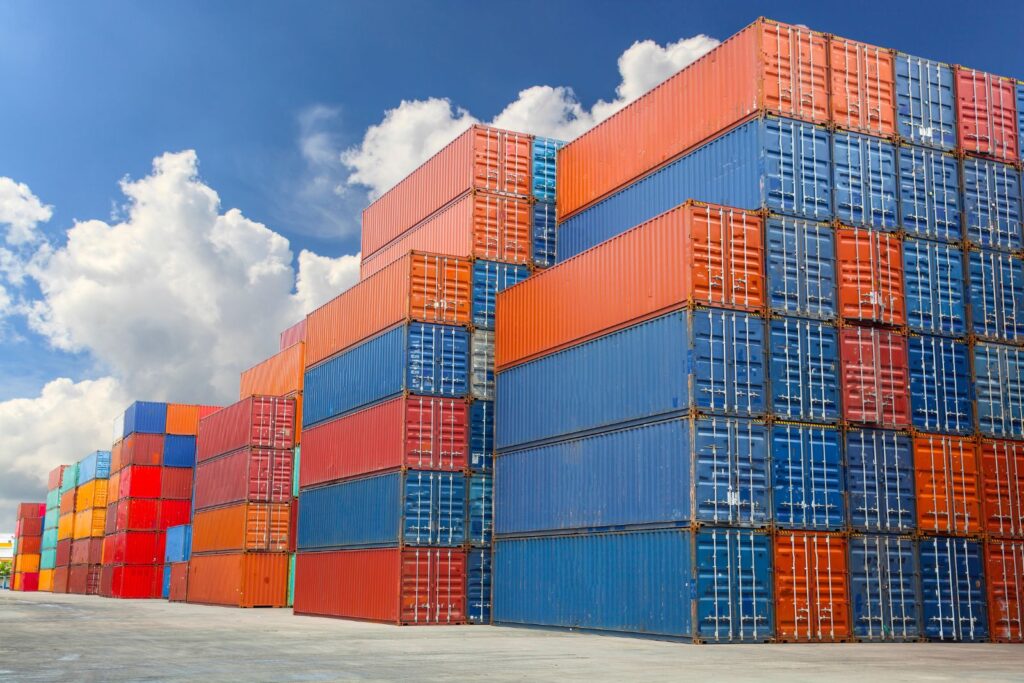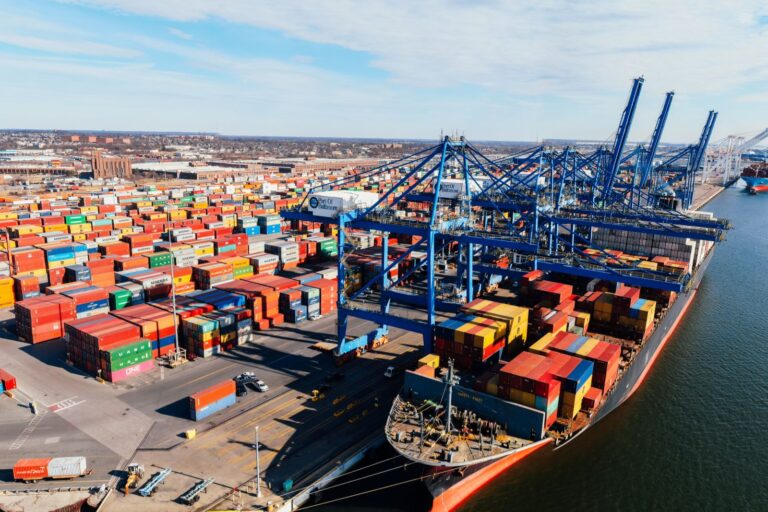Global supply chains are increasingly complex, and disruptions can lead to significant financial losses, delayed shipments, and damaged reputations. Natural disasters, political instability, supplier failures, and cyber threats all pose risks to smooth operations. Effective supply chain risk management is essential for businesses seeking to maintain resilience and operational continuity.
At EGL – Emerald Global Logistics, we help Australian businesses identify, assess, and mitigate supply chain risks. By implementing structured risk management strategies, companies can reduce vulnerabilities, maintain reliable deliveries, and optimise performance. This guide covers the key strategies, benefits, best practices, and practical examples to help organisations safeguard their supply chains.
Why Supply Chain Risk Management is Critical (H2)
Implementing risk management in supply chains offers multiple advantages:
- Minimises disruptions: Reduces the impact of unforeseen events on operations.
- Protects finances: Avoids losses caused by delays, fines, or product shortages.
- Enhances resilience: Prepares businesses to adapt quickly to changes.
- Improves supplier relationships: Ensures dependable partnerships through proactive planning.
- Supports compliance: Meets regulatory and contractual obligations in logistics.
EGL – Emerald Global Logistics assists companies in creating customised risk management solutions to protect their supply chain operations across Australia.

Key Supply Chain Risks to Address (H2)
1. Supplier Risk (H3)
- Definition: Risk of supplier failure, delays, or quality issues.
- Mitigation: Diversify suppliers, maintain backup options, and monitor performance regularly.
2. Transportation & Logistics Risk (H3)
- Definition: Delays, accidents, or disruptions during shipment.
- Mitigation: Use multiple transport routes, track shipments in real-time, and plan contingencies.
3. Demand Fluctuation Risk (H3)
- Definition: Sudden changes in customer demand affecting inventory.
- Mitigation: Forecast demand accurately, maintain safety stock, and adopt flexible production schedules.
4. Regulatory & Compliance Risk (H3)
- Definition: Non-compliance with local or international trade regulations.
- Mitigation: Stay updated with laws, ensure proper documentation, and engage experienced partners like EGL.
5. Cyber & Data Risk (H3)
- Definition: Threats to supply chain data, systems, or communications.
- Mitigation: Implement cybersecurity measures, encrypt sensitive information, and train staff on protocols.
Step-by-Step Guide: Implementing Supply Chain Risk Management (H2)
- Identify Risks: Map the supply chain and assess potential vulnerabilities.
- Assess Impact & Likelihood: Prioritise risks based on potential financial and operational impact.
- Develop Mitigation Strategies: Create contingency plans, alternative suppliers, and protective measures.
- Implement Monitoring Systems: Track shipments, supplier performance, and regulatory changes.
- Train Teams: Educate staff on risk procedures and response protocols.
- Review & Update: Regularly audit the risk management framework for improvements.
Costs and Pricing Insights (H2)
The costs of implementing supply chain risk management vary based on business size and complexity:
- Software & monitoring tools: $500–$5,000 per month.
- Supplier audits & backup sourcing: $2,000–$20,000 annually.
- Cybersecurity measures: $5,000–$50,000 depending on scale.
- Training & staff development: $1,000–$10,000 annually.
Investing in risk management helps prevent costly disruptions and long-term operational losses.
Best Practices for Supply Chain Risk Management (H2)
- Diversify suppliers: Avoid over-reliance on a single source.
- Monitor in real-time: Track shipments and supply chain performance continuously.
- Maintain safety stock: Ensure inventory buffers for unexpected demand changes.
- Collaborate with experts: Engage logistics partners like EGL for tailored solutions.
- Regular audits: Review processes, contracts, and technology for vulnerabilities.
Common Mistakes to Avoid (H2)
- Ignoring smaller risks until they escalate.
- Overlooking the need for backup suppliers.
- Failing to train staff on risk response.
- Not leveraging technology for monitoring and tracking.
- Neglecting regulatory compliance and documentation.
Use Cases & Examples (H2)
Scenario 1: A Melbourne-based importer used EGL’s monitoring systems to detect supplier delays early, preventing stockouts.
Scenario 2: An eCommerce company diversified suppliers across Australia and Asia, reducing the impact of port disruptions.
Scenario 3: EGL helped a Sydney manufacturer implement cybersecurity protocols to protect shipment and inventory data from cyberattacks.
FAQs (H2)
Q1: What is supply chain risk management?
A1: The process of identifying, assessing, and mitigating risks in the supply chain to ensure continuity.
Q2: How can small businesses implement risk management?
A2: Start with supplier diversification, inventory buffers, and monitoring critical operations.
Q3: Does EGL provide risk management support?
A3: Yes, EGL helps businesses implement tailored strategies for supply chain resilience.
Q4: What are common supply chain risks?
A4: Supplier failure, transport delays, regulatory issues, demand fluctuations, and cyber threats.
Q5: How often should risk management strategies be reviewed?
A5: Regularly, ideally every 6–12 months, or after major operational changes.
Conclusion & Call-to-Action (H2)
Effective supply chain risk management protects businesses from disruptions, reduces costs, and ensures operational continuity. By identifying risks, implementing mitigation strategies, and continuously monitoring operations, companies can maintain reliable and resilient supply chains.
If you’re ready to strengthen your supply chain and safeguard your business, contact EGL today for expert support: Contact Us.
Learn more about our services at Home or explore our company background on About Us.







